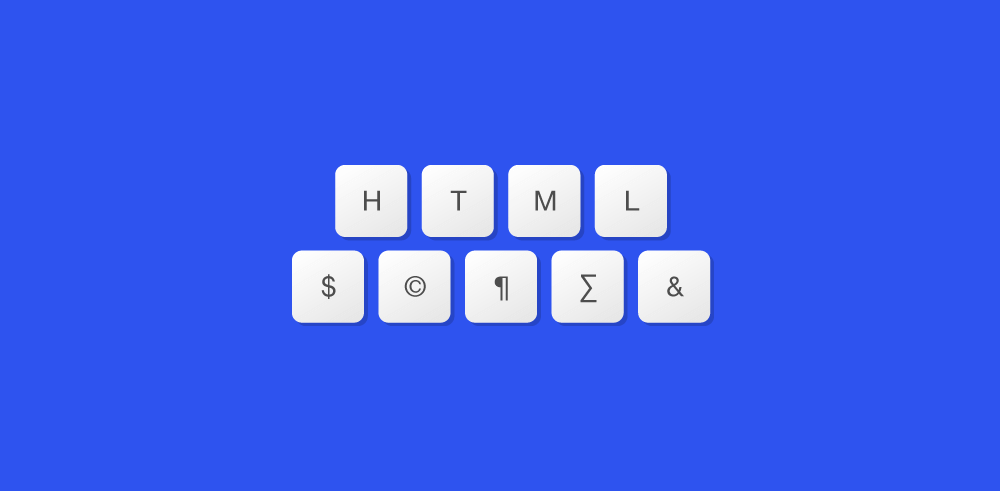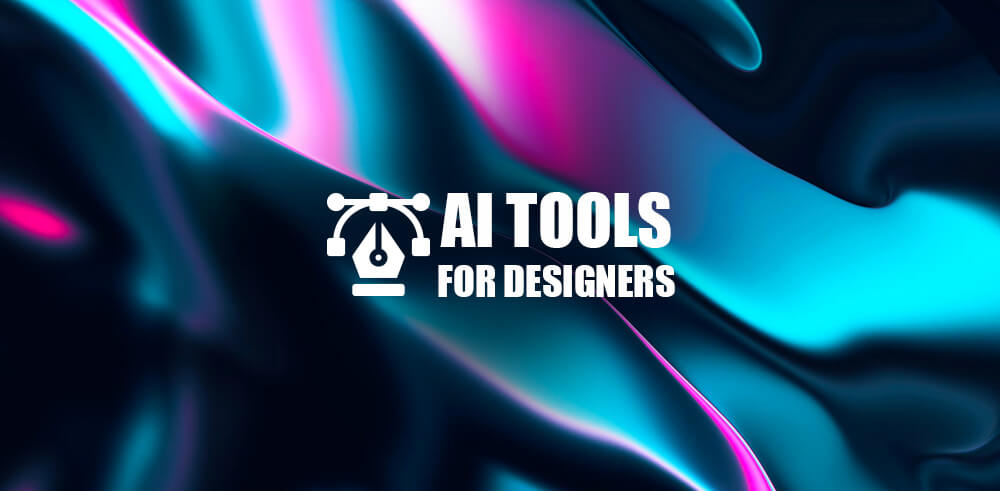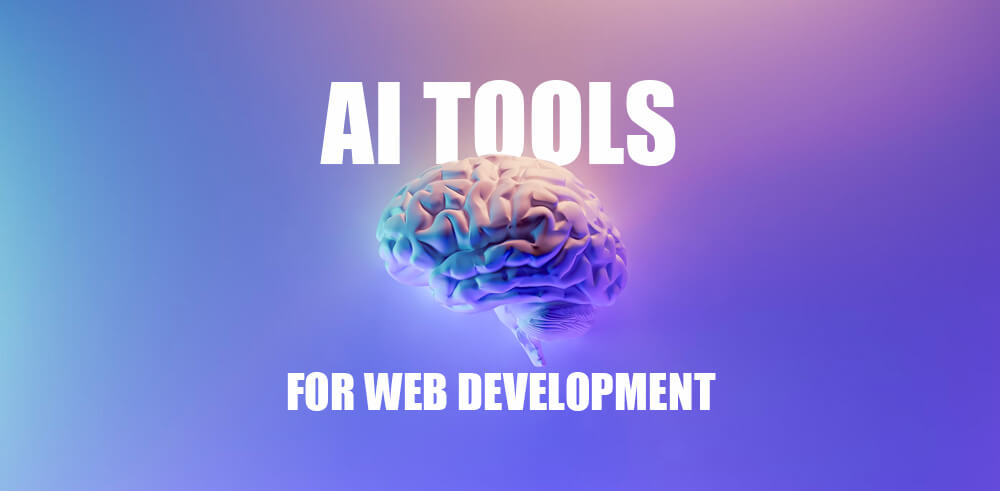Are you preparing for a web developer interview? This article provides straightforward and easy-to-understand answers to common interview questions for web developers. Whether you’re just starting out in web development or looking to refresh your knowledge, these simplified explanations cover key concepts from HTML/CSS to JavaScript and beyond. Get ready to ace your interview with confidence!
- General Web Development
- HTML/CSS
- JavaScript
- Frameworks and Libraries
- Backend Technologies
- Version Control and Collaboration
- Testing and Debugging
- Performance Optimization
- Security
- Additional Skills and Tools
1. General Web Development
Q: What is the difference between front-end and back-end development?
A: Front-end is what you see and interact with on a website. Back-end is like the behind-the-scenes work that makes the front-end function.
Q: Can you explain the concept of responsive web design?
A: Responsive web design means making websites that work well on different devices like phones, tablets, and computers.
Q: What is the purpose of using CSS preprocessors like Sass or Less?
A: CSS preprocessors are tools that help make writing CSS (which styles the webpage) easier and more organized.
2. HTML / CSS
Q: What are semantic HTML elements, and why are they important?
A: Semantic HTML elements are special words that tell web browsers what each part of a webpage means, which helps with accessibility and search engine optimization.
Q: How can you center an element horizontally and vertically in CSS?
A: To center something in CSS, you use a few tricks to make it appear in the middle of the page both horizontally and vertically.
Q: What is the box model in CSS?
A: The box model in CSS explains how elements on a webpage are structured as boxes with content, padding, borders, and margins.
3. JavaScript
Q: Explain the difference between let, const, and var?
A: let, const, and var are ways to store information. let and const are newer and more secure, while var is older.
Q: What is a closure in JavaScript?
A: Closures are a way to remember data even after a function has finished running.
Q: How does prototypal inheritance work in JavaScript?
A: Prototypal inheritance is a way objects in JavaScript can share properties and methods with each other.
4. Frameworks and Libraries
Q: Have you worked with any front-end frameworks like React, Angular, or Vue.js? If so, which one(s) and what do you like about them?
A: Front-end frameworks are pre-built tools that help make building websites faster and easier. Examples include React, Angular, and Vue.js.
Q: Have you used any CSS frameworks like Bootstrap or Foundation? What are the benefits of using them?
A: CSS frameworks are sets of pre-made styles that make designing websites quicker. Examples include Bootstrap and Foundation.
5. Backend Technologies
Q: Do you have experience with any server-side technologies like Node.js, Python (Django/Flask), Ruby (Ruby on Rails), or others? If so, which ones and what have you built with them?
A: Front-end frameworks are pre-built tools that help make building websites faster and easier. Examples include React, Angular, and Vue.js.
Q: Have you worked with any databases (e.g., SQL, NoSQL)? What types of queries have you written?
A: Databases are places where information is stored. There are different types like SQL and NoSQL.
6. Version Control and Collaboration
Q: Have you used version control systems like Git? Can you explain how branching and merging work in Git?
A: Git is a tool that helps keep track of changes in code, and it allows multiple people to work on the same codebase.
Q: Have you worked on a team using tools like GitHub or GitLab? How do you handle conflicts in code?
A: Branching and merging in Git are ways to work on different parts of a project at the same time and then bring them together.
7. Testing and Debugging
Q: How do you approach testing your code, both on the front-end and back-end?
A: Testing code means checking if it works correctly. There are different types of tests, like making sure small pieces work (unit tests) and checking if everything works together (end-to-end tests).
8. Performance Optimization
Q: What techniques do you use to improve website performance?
A: Improving website performance means making it faster and smoother for users. This can involve things like reducing the size of images and using efficient code.
9. Security
Q: What are some common web security vulnerabilities, and how can they be mitigated?
A: Web security vulnerabilities are weaknesses that bad actors can exploit. Protecting against them involves using secure practices, like validating user input to prevent attacks like SQL injection.
Q: How do you protect against SQL injection attacks?
A: To protect against SQL injection attacks, use parameterized queries or prepared statements to separate user input from SQL code and validate/sanitize inputs to ensure they match expected formats.
10. Additional Skills and Tools
Q: Are you familiar with package managers like npm or yarn?
A: Package managers are tools that help install and manage code libraries or packages.
Q: Have you worked with build tools like Webpack or Gulp?
A: Build tools like Webpack and Gulp automate tasks to make developing websites easier and more efficient.
Remember, interview success often lies in a combination of knowledge and confidence. Reviewing these simplified answers can help you prepare, but don’t forget to also showcase your problem-solving skills and passion for web development. All the best with your interview!







Thank you for putting together such a clear and concise guide for web developer interviews!
The simplified answers make complex concepts easy to understand… This resource is incredibly helpful for both beginners and experienced developers looking to refresh their knowledge. Well done!!
Definitely this will useful for my friends who preparing for there collage placements.
Thanks for this 🙂